1. James Blunt – “You’re Beautiful”
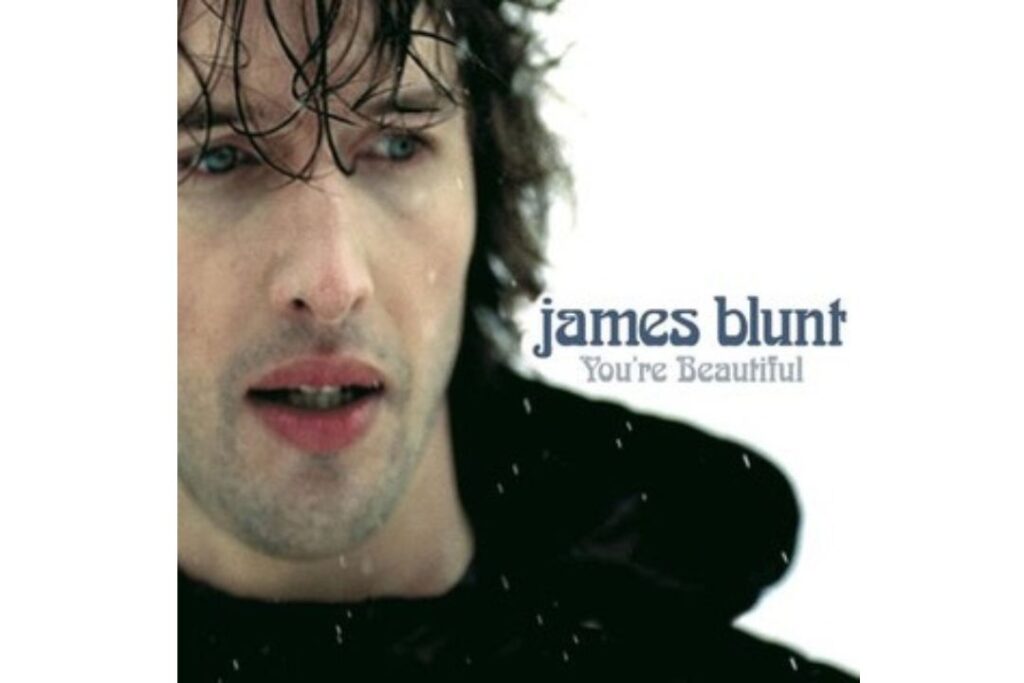
You’d think the biggest hits would be the songs artists love most, but for some musicians, they’re a creative burden. Whether the lyrics felt outdated, the sound became annoying, or the pressure to keep fans happy was too much, these stars made the rare choice to retire their own famous tracks.
James Blunt’s breakout single “You’re Beautiful” was inescapable in the mid-2000s, dominating radio and earning him global fame. But Blunt himself admitted that the song became overexposed, to the point where he needed a break from it. He recognized that many people grew tired of hearing it, and at times, he did too. While he still includes it in certain performances, he scaled it back for a while, giving audiences and himself some space from the tune that defined his career. Blunt has since embraced a more self-aware sense of humor about the song, acknowledging both its success and the fatigue that comes with such a massive hit.
2. Radiohead – “Creep”
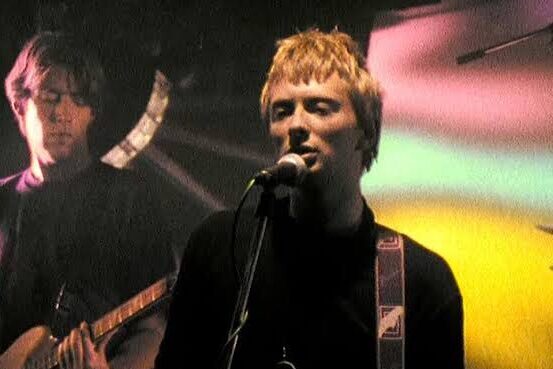
“Creep” launched Radiohead into international fame in the early 1990s, but the band quickly grew frustrated with how it overshadowed their other music. Fans and record labels expected them to keep repeating the raw angst of that single, which left them boxed in creatively. For years, the band refused to play it live, with Thom Yorke openly expressing his dislike for how the song defined them. Audiences sometimes booed when it was left out of setlists, but Radiohead stuck to their decision, focusing instead on evolving their sound through albums like OK Computer and Kid A. Only much later did they occasionally reintroduce “Creep” into performances, often with a new arrangement that reflected their growth.
3. Madonna – “Like a Virgin”
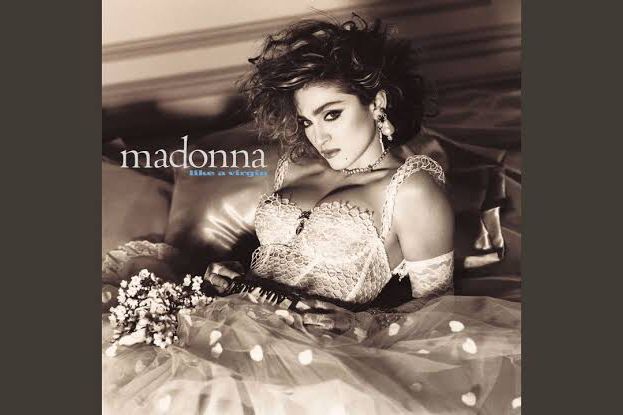
Madonna built much of her early career on “Like a Virgin,” but she eventually moved away from performing it. By the early 2000s, she openly stated that the song no longer represented who she was as a woman or as an artist. Instead, she preferred to focus on material that aligned more closely with her evolving image and beliefs. Though she occasionally referenced it in playful or theatrical ways during later tours, the straightforward performance of “Like a Virgin” was retired. For Madonna, it became more of a cultural relic than a song she wanted to embody night after night. The shift reflected her commitment to reinvention, which has always been at the heart of her career.
4. Led Zeppelin – “Stairway to Heaven”
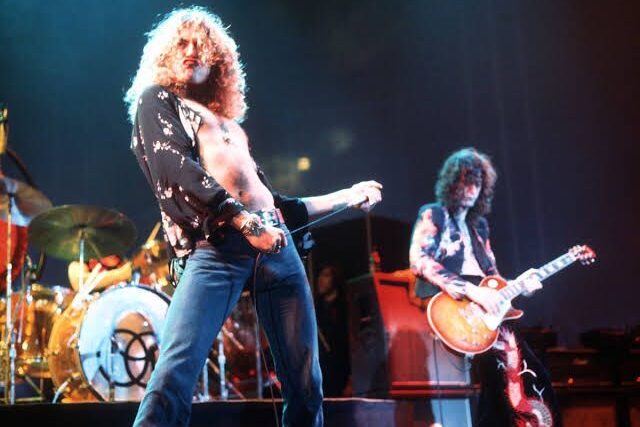
Few rock songs are as legendary as “Stairway to Heaven,” but Robert Plant has long resisted revisiting it. He famously performed it one last time at the 2007 Led Zeppelin reunion concert in London, after which he firmly closed the door on singing it again. For Plant, the song carried too much weight, an epic that fans idolized, while he preferred to move forward musically. He has described it as belonging to a particular moment in time, not something to endlessly repeat. Despite fan pleas, Plant’s refusal has stood for years, making the song’s absence almost as famous as the song itself. In a way, it has kept “Stairway” frozen in its original glory.
5. Frank Sinatra – “Strangers in the Night”
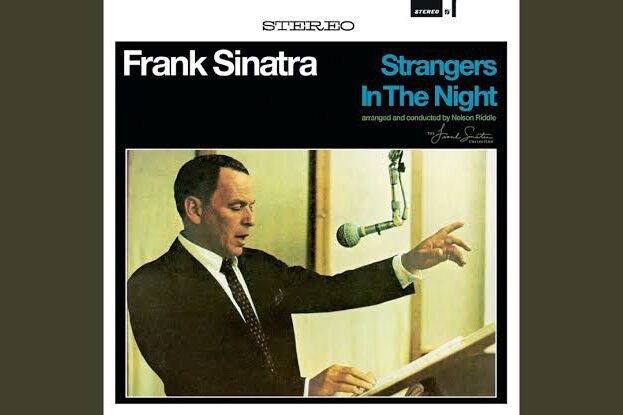
Frank Sinatra may have given “Strangers in the Night” one of its smoothest and most iconic recordings, but behind the scenes, he couldn’t stand the song. He reportedly called it one of the worst pieces he ever sang and only performed it live because audiences demanded it. For Sinatra, it was less a work of art and more an obligation, something to get through with charm and professionalism, but little personal joy. The irony is that the song went on to win multiple Grammy Awards and remains one of his signature numbers. Still, insiders recall him mocking it during rehearsals, revealing how even a legendary crooner sometimes had to grin and bear a tune he disliked.
6. Beastie Boys – “Fight for Your Right”
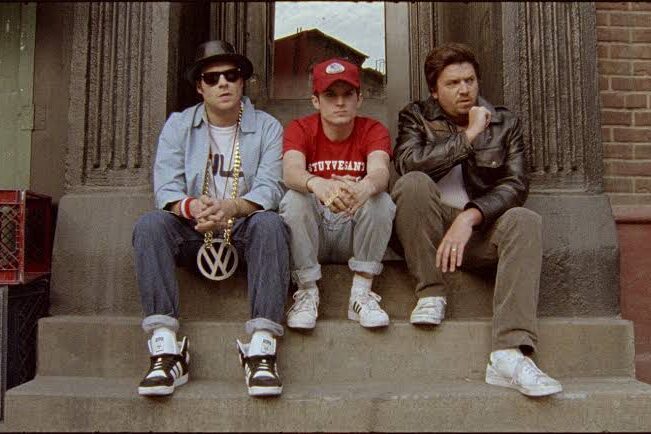
When the Beastie Boys first released “Fight for Your Right” in 1986, it was meant as a parody of party anthems. To their surprise, many fans took it literally, embracing it as a rowdy anthem rather than satire. Over time, the group grew uncomfortable with how the song fueled the very culture they had intended to poke fun at. By the 1990s, they dropped it from live shows, explaining that they didn’t want to promote the shallow image it carried. Looking back, they admitted regret over how it was received, recognizing it had taken on a life of its own. Despite its fame, “Fight for Your Right” became the song they wanted least to be remembered by.
7. Oasis – “Wonderwall”
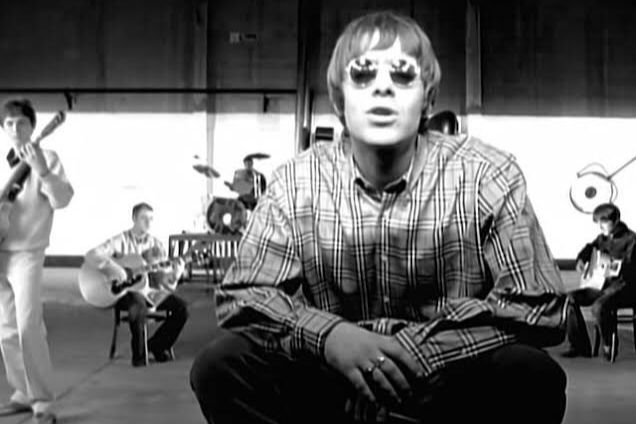
“Wonderwall” is the song that cemented Oasis as one of the defining bands of the 1990s, but Noel Gallagher grew weary of it. As the guitarist and chief songwriter, he often said the track was overplayed and became bigger than the band itself. In his solo career, he avoided performing it entirely, leaving fans surprised when it was missing from his setlists. Meanwhile, his brother Liam kept it alive during his own shows, which only added to the ongoing Gallagher family tension. Despite being a beloved sing-along classic, Noel felt “Wonderwall” boxed him in and overshadowed the rest of his catalog. His frustration highlighted how a hit can turn into a creative weight for an artist who wants to move forward.
8. R.E.M. – “Shiny Happy People”
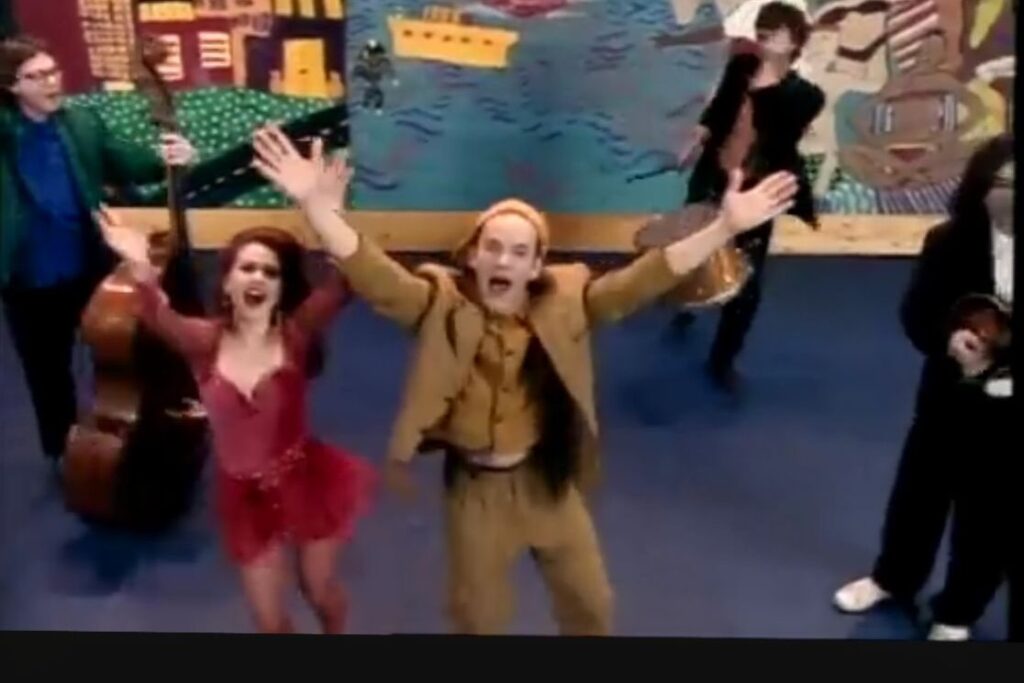
Released in 1991, “Shiny Happy People” was one of R.E.M.’s most unexpected hits, with its upbeat sound and playful lyrics standing out from the band’s usual introspective style. But Michael Stipe, the band’s frontman, quickly distanced himself from the track. He admitted he found it embarrassing and not representative of the band’s identity. Although it charted high and had plenty of radio play, it vanished from their live shows soon after its release. Over time, R.E.M. became more associated with serious, thoughtful songs like “Losing My Religion” and “Everybody Hurts.” Dropping “Shiny Happy People” from their setlists allowed them to preserve the tone they wanted audiences to remember.
9. Nirvana (Posthumous) – “Polly”
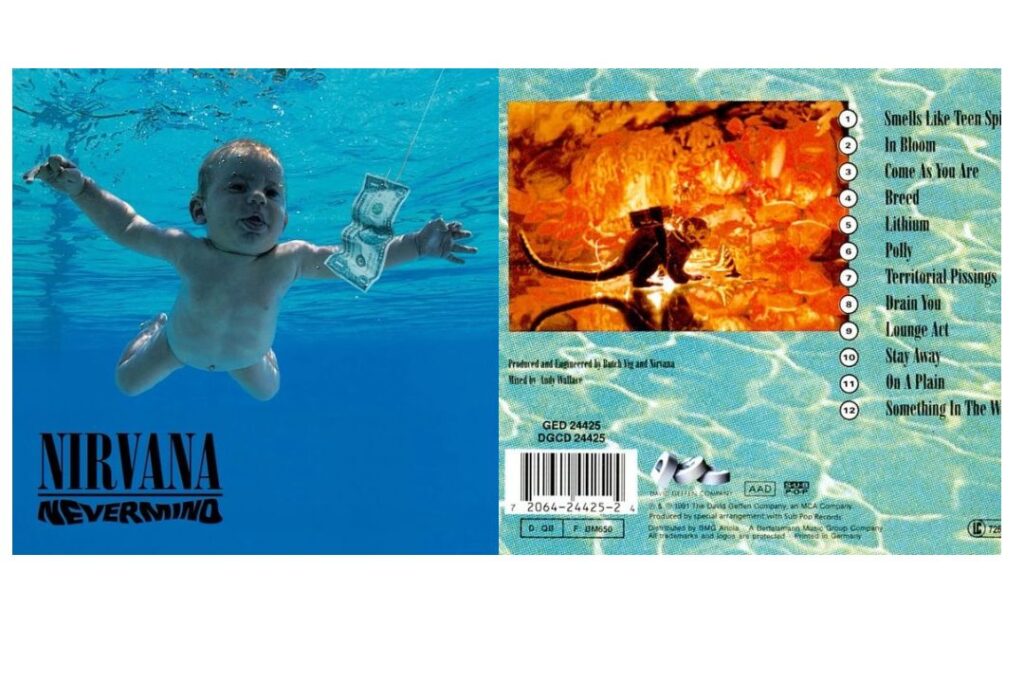
After Kurt Cobain’s passing, surviving members of Nirvana were selective about what material they revisited. One song that rarely appeared was “Polly,” a stark and haunting track about a harrowing true crime case. Even though it was an important part of their 1991 album Nevermind, the subject matter was so heavy that Dave Grohl and Krist Novoselic chose not to revive it during reunions or tributes. For them, the emotional weight made it feel inappropriate to perform without Cobain’s presence. Fans respect the decision, understanding that some songs carry too much pain to relive onstage. “Polly” remains a reminder of Nirvana’s darker songwriting, preserved mostly on record rather than in performance.
10. Billy Joel – “We Didn’t Start the Fire”
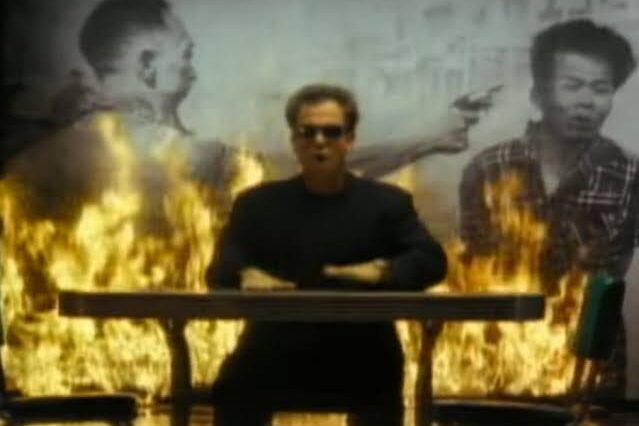
Billy Joel’s rapid-fire history lesson in “We Didn’t Start the Fire” was a major hit in 1989, but he has never been particularly fond of it. He has openly admitted that he doesn’t enjoy the melody and has called it a song he “doesn’t even like.” Over time, he grew tired of the relentless pace and encyclopedic lyrics, which he once joked felt like doing homework onstage. Though fans still request it, Joel often avoids including it in his shows, preferring to highlight ballads like “Piano Man” or “New York State of Mind.” His willingness to retire such a massive hit underscores how even a best-seller isn’t always beloved by its creator.
11. The Rolling Stones – “Brown Sugar”
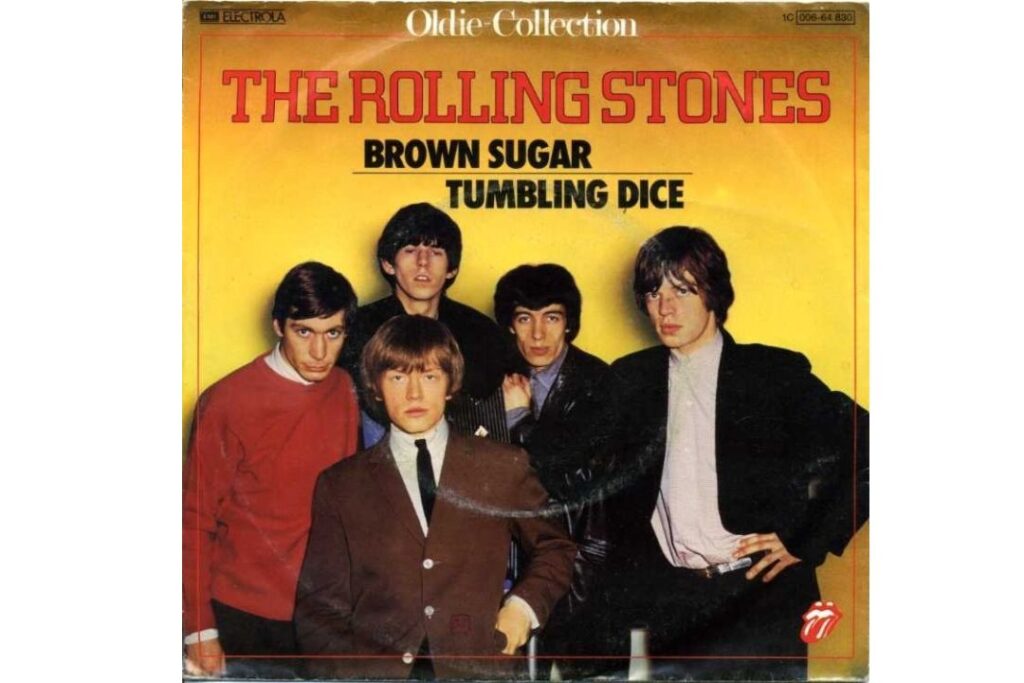
“Brown Sugar” has long been one of the Rolling Stones’ signature songs, but in recent years, the band chose to remove it from live performances. The decision came after increasing discussion about the song’s lyrics, which reference slavery and racial themes in ways that haven’t aged well. Mick Jagger acknowledged the controversy, saying he no longer felt it necessary to keep the track in their setlists. For decades, it had been a guaranteed crowd-pleaser, but the Stones decided to focus on other hits that carried less baggage. By stepping away from “Brown Sugar,” they showed an awareness of how cultural context changes over time and how even iconic songs can be retired when their meaning feels out of step.
12. Lorde – “Royals”
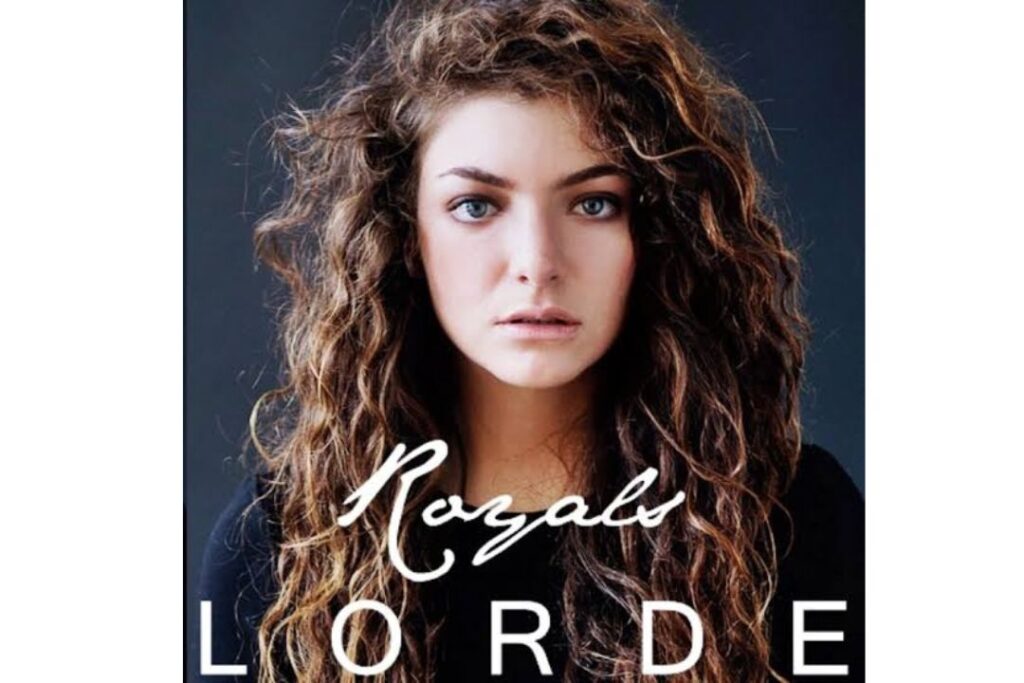
When Lorde first broke onto the scene with “Royals” in 2013, the song catapulted her to international stardom. Its minimalist sound and sharp lyrics made it a generational anthem. But after years of hearing it everywhere, Lorde stepped back from performing it live. She explained that the song carried a heavy emotional weight for her, it was written when she was still a teenager, navigating fame and identity, and performing it night after night began to feel draining. During her Melodrama and Solar Power tours, she left it off the setlist for long stretches, choosing instead to focus on songs that represented her current self. For fans, its absence underscored her desire to grow beyond her debut hit.
13. Zayn Malik – “Pillowtalk”
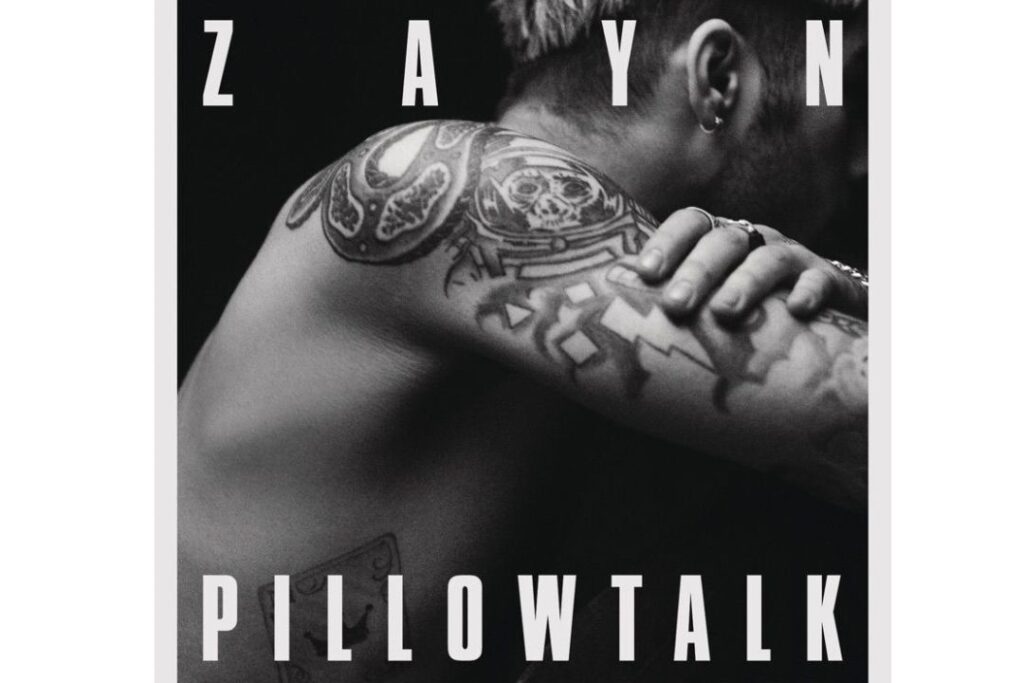
After leaving One Direction, Zayn Malik launched his solo career with “Pillowtalk,” a sultry track that topped charts worldwide. Yet as his artistry developed, Malik distanced himself from the song. He explained that it didn’t reflect where he was musically or personally anymore. Known for being selective about live performances, he began leaving “Pillowtalk” out of appearances, even though it was his first solo No. 1. For Malik, the choice reflected his desire to evolve beyond the early chapter of his solo career and avoid being tethered to a single track. It was a statement that he wanted to be taken seriously as an artist, not just as a former boyband member with one radio smash.
14. Cher – “Believe”
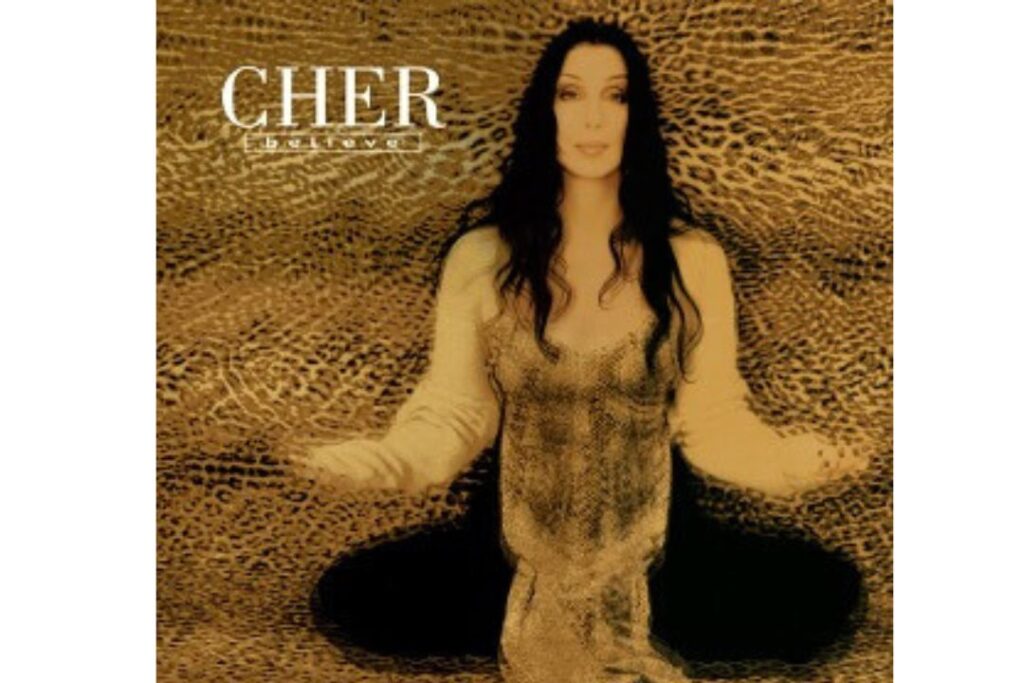
“Believe” revived Cher’s career in the late 1990s, introducing her to a new generation with its pioneering use of Auto-Tune. The song became a cultural landmark and one of her most recognizable hits. But even Cher admitted there was a time when she grew tired of performing it. At one point, she briefly removed it from her shows, explaining that she was bored of singing it repeatedly. Of course, she eventually brought it back, its power and popularity were too strong to ignore. Still, her momentary retirement of “Believe” shows how even the biggest comeback song in pop history can wear on the very artist who made it unforgettable.
15. The Who – “My Generation”
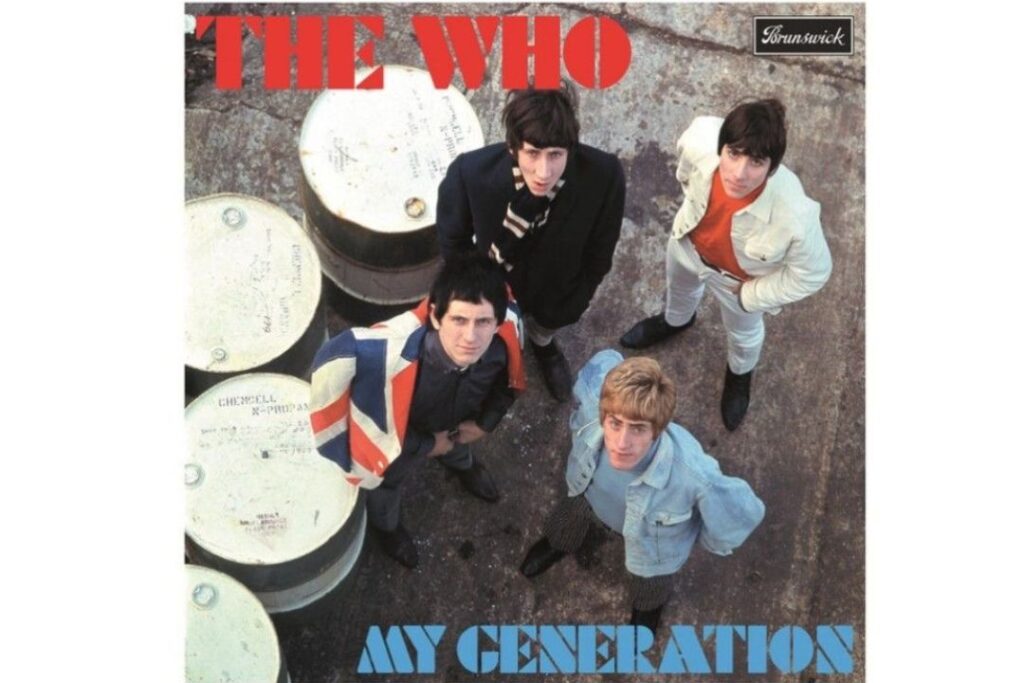
Few songs embody youthful rebellion as strongly as The Who’s “My Generation,” but frontman Roger Daltrey eventually stopped singing it for years. The track, famous for its defiant line “I hope I die before I get old,” became increasingly difficult for him to embrace as he aged. Beyond that, the aggressive vocal style strained his voice, making it a challenge to perform. While The Who occasionally revisited it in later shows, it wasn’t the constant encore many fans expected. For Daltrey, stepping back from “My Generation” highlighted the irony of a song that symbolized teenage energy becoming harder to sing with age. Its absence from setlists gave space for the band’s broader catalog to shine.
16. Prince – “1999”
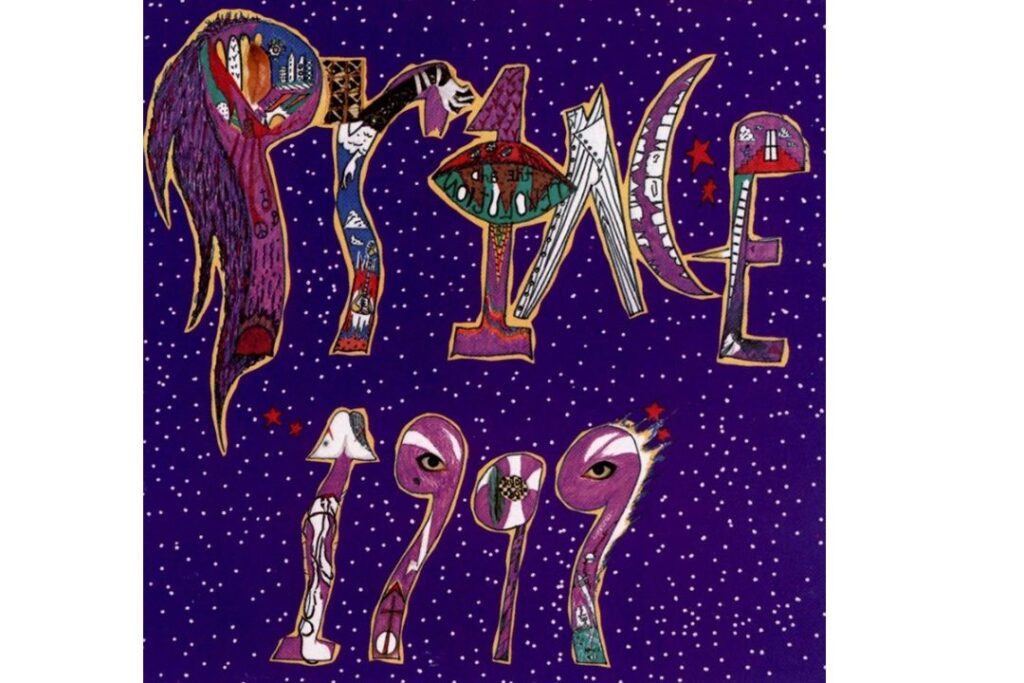
Prince’s party anthem “1999” was everywhere leading up to the turn of the millennium, but once the actual year passed, he decided to retire it. He explained that it no longer made sense to keep performing a song so tied to a specific date. Though fans cherished it as one of his signature hits, Prince preferred to move forward creatively rather than rely on nostalgia. For him, it was about integrity, he didn’t want to turn “1999” into a novelty track. Of course, the song remained a beloved part of his legacy, but onstage, Prince showed he was always more interested in the present and future of his music than revisiting past milestones.
17. Sinéad O’Connor – “Nothing Compares 2 U”
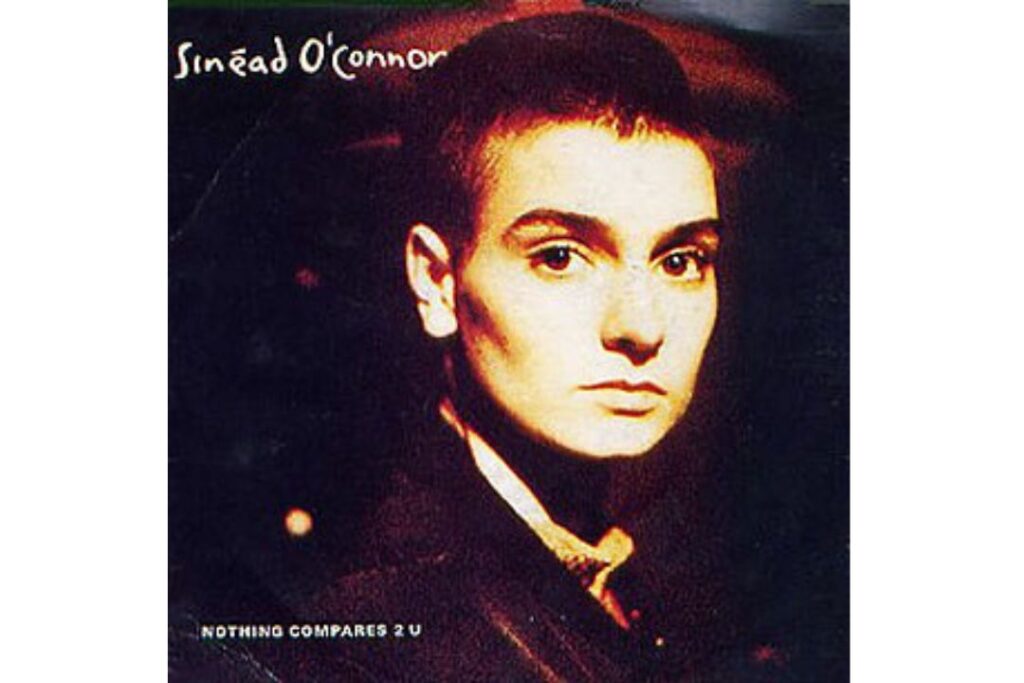
Sinéad O’Connor’s haunting rendition of “Nothing Compares 2 U” defined her career, but after years of personal and spiritual transformation, she decided to let it go. The song had been deeply tied to painful memories and emotions she no longer wanted to relive onstage. By retiring it, O’Connor drew a line between her past struggles and her path forward. Fans often hoped for its return during concerts, but she explained that she needed to protect her well-being. The decision reflected how music, while powerful, can also reopen old wounds for the artists who perform it. The song lives on as her masterpiece, even if she chose not to revisit it live.
18. U2 – “Sunday Bloody Sunday”
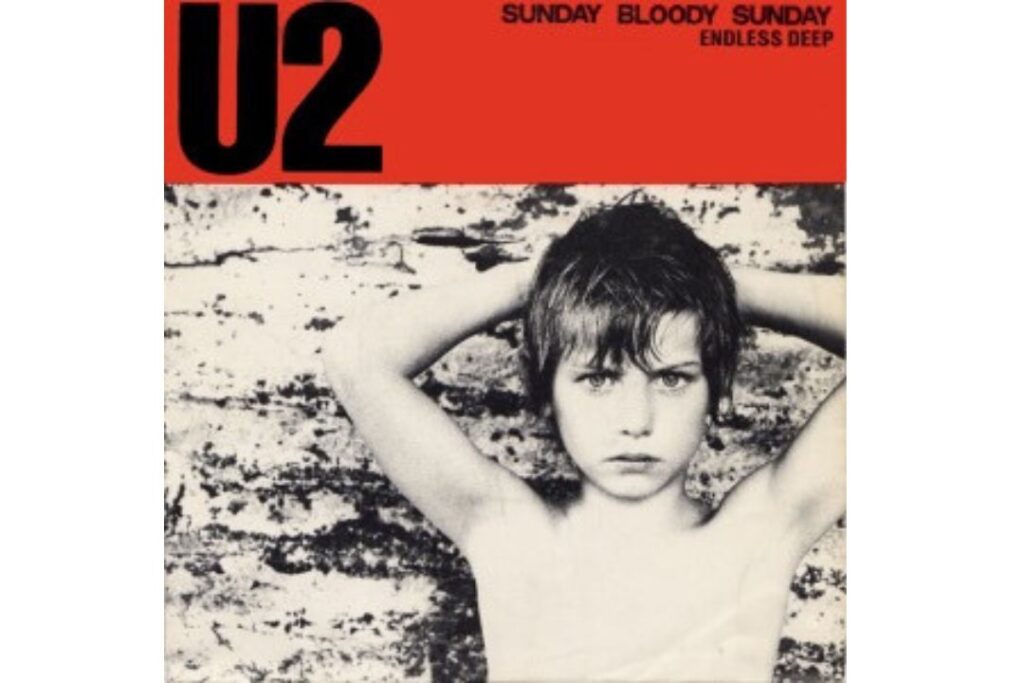
“Sunday Bloody Sunday” remains one of U2’s most politically charged songs, but its intensity also made it one they sometimes removed from their tours. Written about the violence and unrest in Northern Ireland, the track carried heavy meaning. At times when global politics felt especially raw, Bono and the band chose not to perform it, worried the message would either hit too hard or be misinterpreted. When they did play it, they often stripped it down to acoustic versions to emphasize its humanity over aggression. U2’s careful treatment of the song showed their awareness of its power, and their respect for the real events that inspired it.
19. Adele – “Rolling in the Deep”
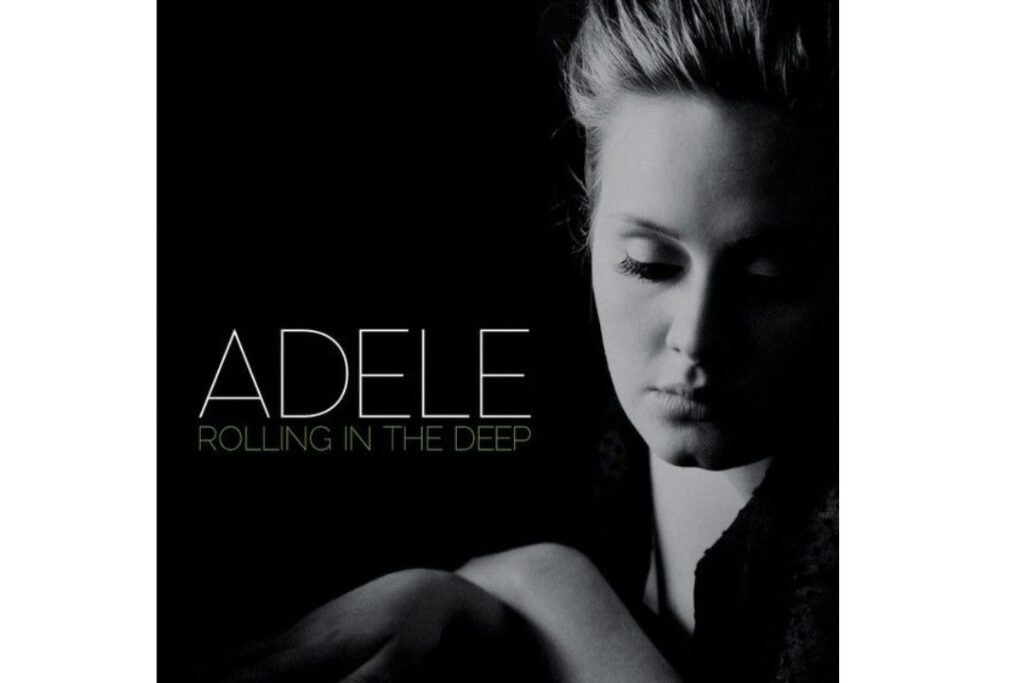
“Rolling in the Deep” turned Adele into a global superstar, but for a period of time, she stopped performing it. The song had been written during a difficult breakup, and revisiting it night after night proved emotionally exhausting. Adele has always been known for pouring real feeling into her performances, and singing “Rolling in the Deep” meant reopening old wounds. As she moved on personally and artistically, she set the song aside, making room for newer material that reflected her growth. Fans eventually got to hear it again at later concerts, but its absence for a while reminded people that even mega-hits can be too painful for the artist who created them.
20. Taylor Swift – “Picture to Burn”
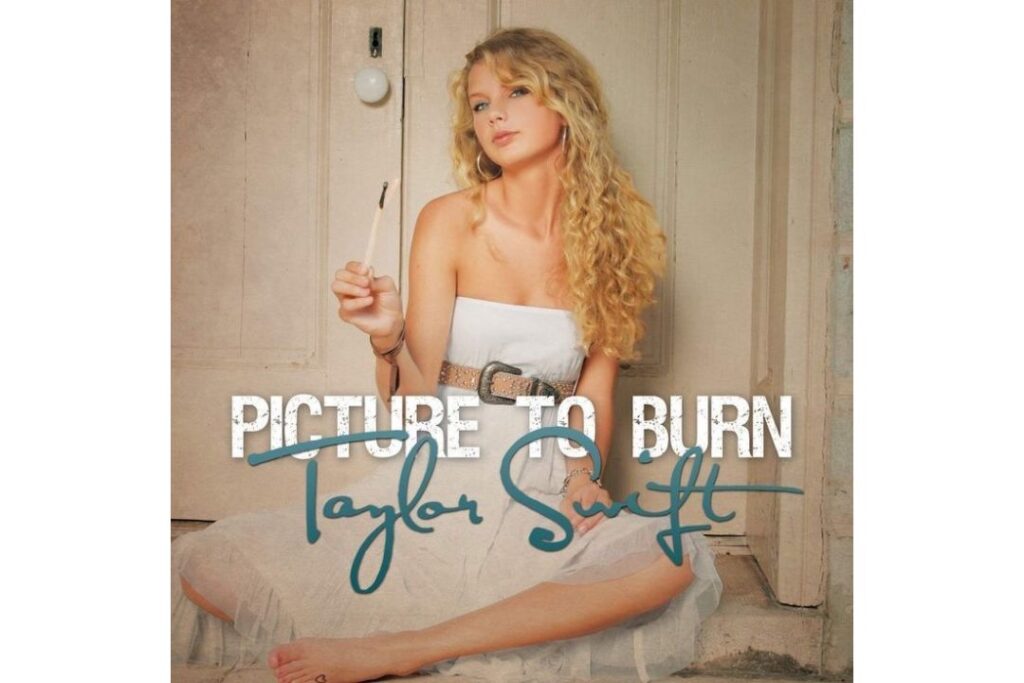
Early in her career, Taylor Swift included “Picture to Burn” as part of her feisty breakup catalog. But as time passed, she quietly removed it from her setlists. Looking back, Swift acknowledged that some of the lyrics reflected a teenage perspective she no longer stood by, particularly lines that could be seen as insensitive. While she never disowned the song entirely, she chose to focus her shows on hits that better represented her growth as a songwriter. Swift’s decision highlighted her willingness to reevaluate her past work and ensure her music aged gracefully alongside her evolving image. Fans noticed its absence, but many respected her choice to move on.
21. Green Day – “Good Riddance (Time of Your Life)”
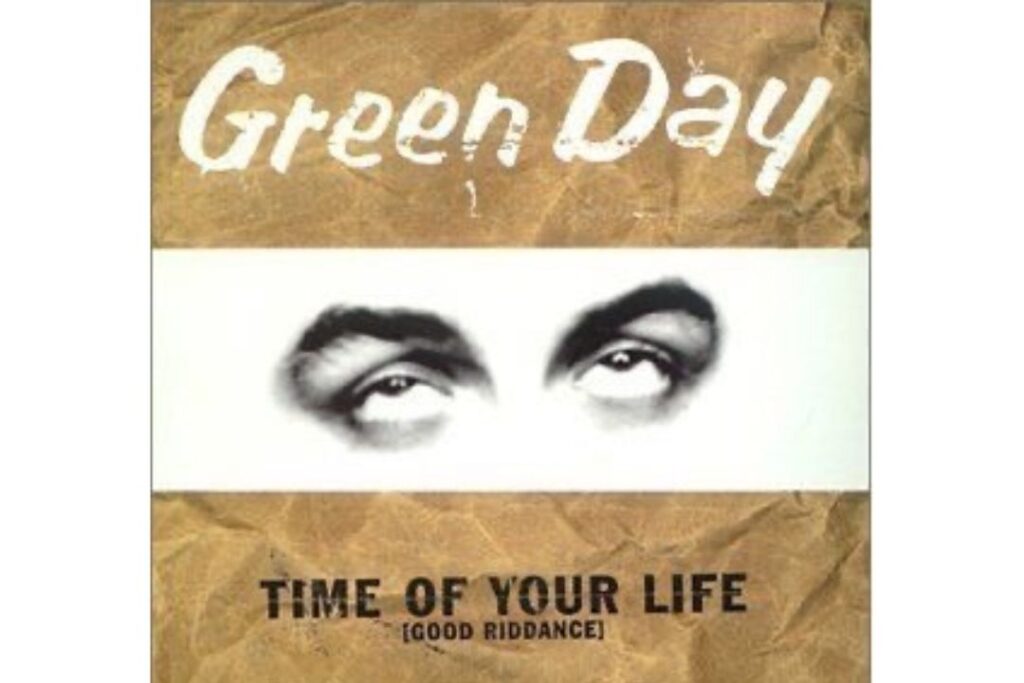
“Good Riddance (Time of Your Life)” became a go-to soundtrack for graduations, weddings, and even funerals, cementing its place in pop culture. But for Green Day frontman Billie Joe Armstrong, the song’s constant association with big life events made it lose some of its spark. Over the years, he rotated it out of live performances, explaining that both he and fans needed a break from hearing it so often. While he still brings it back occasionally, especially for special shows, it no longer has the automatic spot it once did in every setlist. Armstrong’s decision underscored how a song’s popularity can almost overwhelm the artist behind it.
22. Tracy Chapman – “Fast Car”
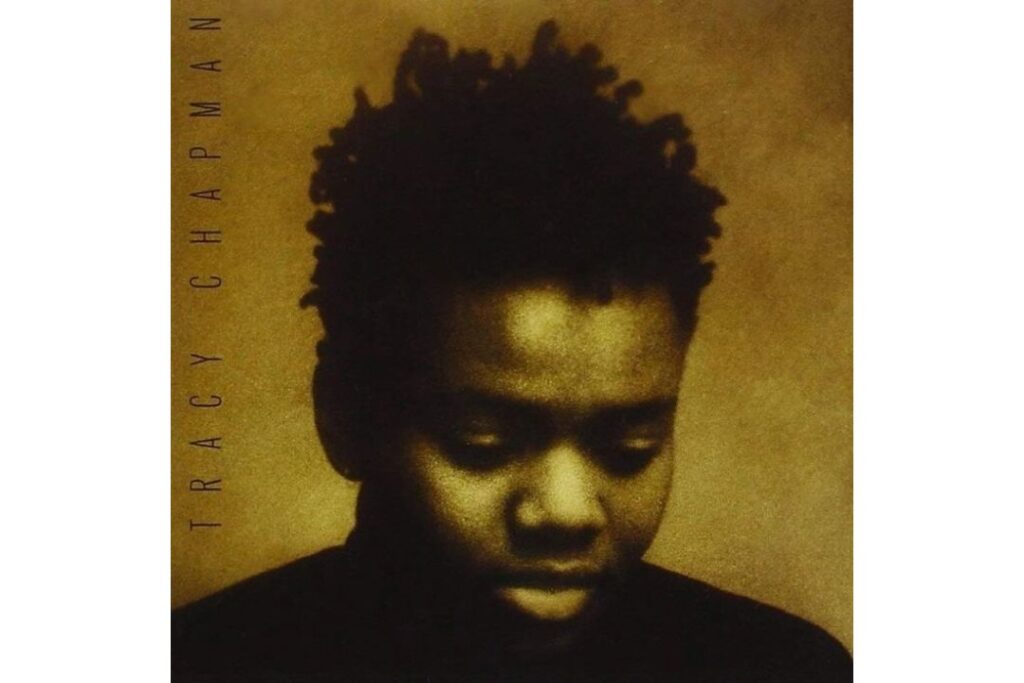
“Fast Car” is one of Tracy Chapman’s most cherished songs, but she rarely performed it live after her early tours. Despite its success and its poignant storytelling, Chapman preferred to keep much of her career low-key, often avoiding the spotlight altogether. Fans who did hear her play it live considered it a rare and special moment. Over time, “Fast Car” became more of a signature recording than a staple in her concerts. Its enduring legacy was highlighted when other artists, like Luke Combs decades later, brought the song to new audiences, proof that Chapman’s decision to step back didn’t dim its power.
23. Bruno Mars – “The Lazy Song”
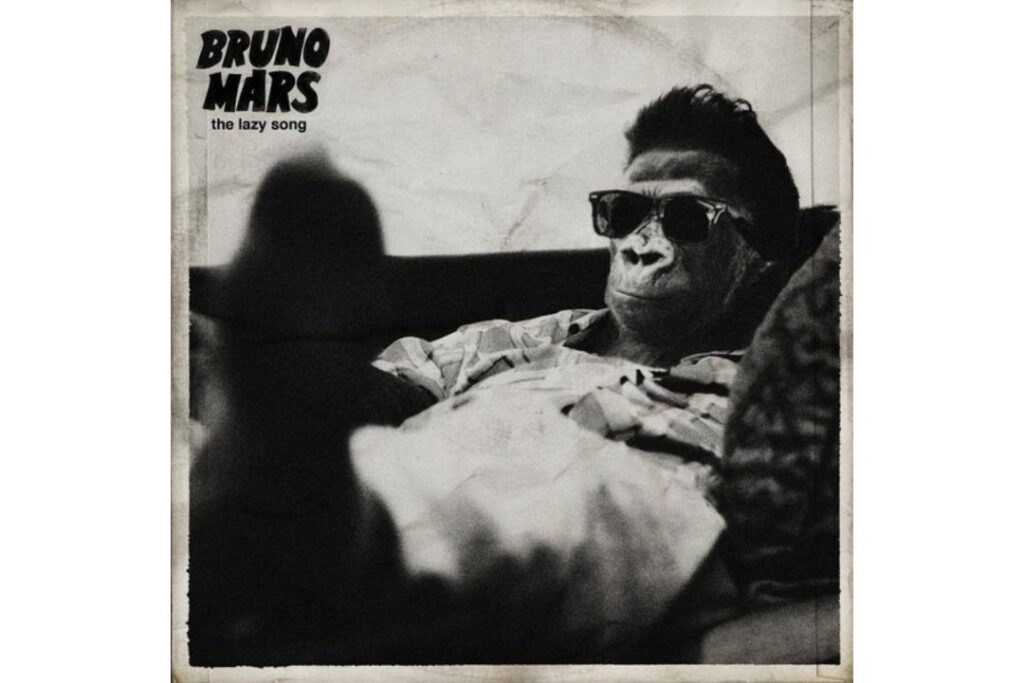
When Bruno Mars released “The Lazy Song” in 2011, it was a lighthearted, playful hit that showcased his fun side. But as his career evolved, Mars moved away from it, saying it felt more like a novelty than a reflection of his true artistry. He admitted that while it was fun at the time, it no longer fit with the mature, soulful direction he wanted his shows to take. In later tours, he left it out of his setlists entirely, focusing instead on tracks like “Uptown Funk” and “24K Magic.” His decision showed how an artist’s style can shift dramatically, leaving some hits behind as stepping stones rather than destinations.
24. Kurt Cobain – “Smells Like Teen Spirit”
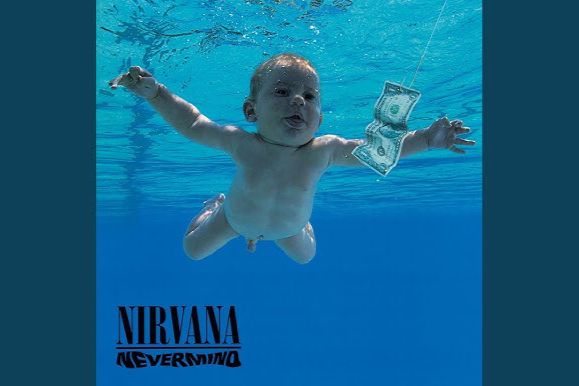
Even before his death in 1994, Kurt Cobain grew increasingly uncomfortable with Nirvana’s biggest hit, “Smells Like Teen Spirit.” While the song became an anthem for a generation, Cobain felt disconnected from it, calling it too commercial compared to what he wanted Nirvana to represent. He sometimes avoided performing it live or played it in altered ways, almost to undercut the crowd’s expectations. For Cobain, the song’s massive success overshadowed the rest of the band’s work, something that deeply frustrated him. His complicated relationship with “Smells Like Teen Spirit” remains a stark reminder of how fame and creative intent don’t always align.
When musicians retire their biggest hits, it can surprise or even disappoint fans, but their reasons are often deeply personal. Sometimes the lyrics no longer feel right, sometimes the weight of fame makes a song hard to carry, and sometimes the artist simply wants to grow past it. These stories show that behind every iconic track is a person who has to live with it far longer than the audience does. And in stepping away, many of these artists proved that music is as much about evolution as it is about legacy.
This story 24 Musicians Who Stopped Playing Their Biggest Hits, And Why was first published on Daily FETCH


